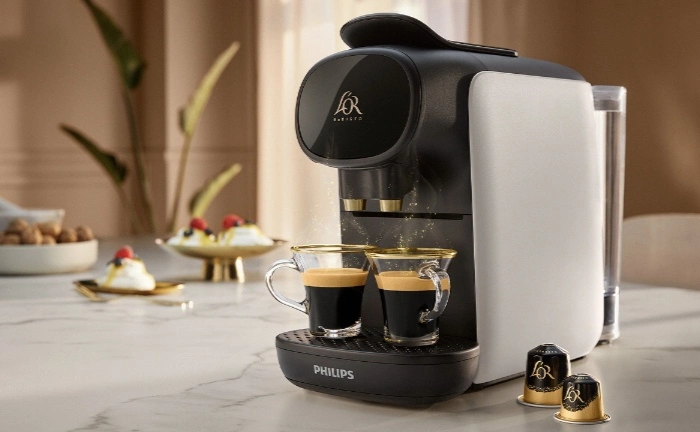Espresso is the foundation of many coffee drinks. Its rich, concentrated flavor makes it versatile. People often add different ingredients to enhance or alter its taste. This article explores common additions to espresso and how they affect the final drink.
Milk & Dairy Alternatives
Milk is the most popular addition to espresso. It creates a smoother, creamier texture. Whole milk adds richness, while skim milk offers a lighter option. Steamed milk is used in drinks like lattes and cappuccinos. Frothed milk adds airy volume, perfect for macchiatos.
Dairy alternatives are also common. Almond milk, oat milk, and soy milk are popular choices. Each brings a unique flavor. Oat milk is creamy and slightly sweet. Almond milk has a nutty taste. Soy milk offers a neutral base. Baristas often adjust steaming techniques for these alternatives.
Sweeteners
Many people prefer sweetened espresso. White sugar is a classic choice, dissolving easily in hot coffee. Brown sugar adds a caramel-like depth. Honey provides natural sweetness with floral notes. Syrups like vanilla, caramel, and hazelnut are widely used in specialty drinks.
Artificial sweeteners are another option. They offer sweetness without calories. However, some leave an aftertaste. Flavored powders, such as cinnamon or cocoa, can also be sprinkled on top for extra taste.
Spices & Flavorings
Spices can transform espresso. Cinnamon is a favorite, adding warmth and aroma. Nutmeg offers a slightly sweet, earthy note. Cardamom is popular in Middle Eastern coffee, giving a floral, spicy kick. Cocoa powder or chocolate shavings turn espresso into a mocha.
Vanilla extract enhances sweetness naturally. Some prefer citrus zest for a bright twist. A pinch of salt can even reduce bitterness, balancing the flavor.
Alcohol
Espresso pairs well with alcohol. Irish coffee combines espresso with whiskey and cream. Kahlúa, a coffee liqueur, adds sweetness and depth. Rum or brandy can create a rich after-dinner drink. Some cocktails use espresso as a base for a caffeinated twist.
Water
Adding water to espresso creates an Americano. This dilutes the intensity while keeping the flavor profile. The ratio varies, but equal parts espresso and water is common. A long black is similar but preserves more crema by adding espresso to water instead.
Ice
Espresso over ice makes a refreshing cold drink. Iced lattes mix espresso with milk and ice. Some prefer shaken espresso for a frothy texture. Cold brew concentrate can also be added for a stronger cold coffee experience.
Butter & Oils
Bulletproof coffee blends espresso with butter and MCT oil. This creates a rich, energizing drink favored in keto diets. The fats provide sustained energy. Ghee, or clarified butter, is another option for a smoother taste.
Alternative Brews
Some mix espresso with other coffee preparations. A red eye combines drip coffee with a shot of espresso for extra strength. A black eye uses two shots for even more intensity.
Conclusion
Espresso is highly customizable. From milk to spices, sweeteners to alcohol, the options are endless. Each addition changes the drink’s character, allowing for personal preference. Whether you enjoy it straight or with creative twists, espresso remains a beloved coffee staple. Experimenting with different combinations can lead to new favorites. The best addition depends on your taste and mood. Next time you have an espresso, try something new and see how it transforms your cup.
Related topics:
How Long to Pull a Double Shot of Espresso
Buon Giorno Coffee: A Journey to Exceptional Espresso & Beyond
Where to Buy Gaggia Espresso Machines: A Complete Guide


